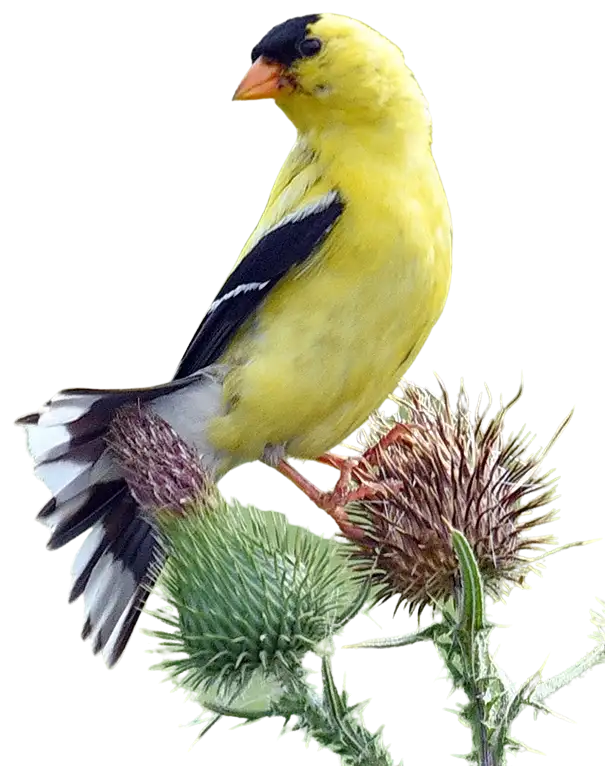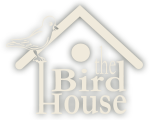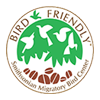
Downy Woodpecker – Mendon Ponds – © Dick Horsey – Jan 14, 2017
The Democrat and Chronicle recently published an unfortunately misleading article titled “If You’re Going to Feed Wildlife, At Least Do it Correctly.” The RBA Board of Directors has written the following letter to the editor, hoping to address several misconceptions contained in the article.
To the Editor:
Members of the Rochester Birding Association brought Len Lisenbee’s Feb. 9 article, “If you’re going to feed wildlife, at least do it correctly,” to the attention of the organization’s board of directors this week. Sadly, Mr. Lisenbee did not choose to consult expert sources for his article, and most of what he offered as “tips” is misinformation.
Birds do not starve to death because humans stop feeding them. Within days of leaving the nest, birds have learned the natural food sources that are available to them in any season, and they visit a wide range of these sources repeatedly throughout the day. If a human’s feeder is empty, the birds move on to another source.
People who want to see birds in their yards year-round can help them find food beyond the offerings at their feeders, planting native fruit-producing trees and shrubs like spicebush, serviceberry, dogwood, chokecherry, holly, or elderberry; cone producers like white pine and red spruce; and flowers with accessible seeds like milkweed, Joe-Pye weed, purple coneflower, black-eyed Susan, sunflower, and a variety of others. We have plenty of information about gardens that attract birds at rochesterbirding.org/bird-friendly-gardening/.
Wheat, milo, millet, and cracked corn are inferior seed choices for birds, because they do not provide the protein content that birds require, especially in winter. These seeds are used as filler in cheap bird food mixes, and Project Feederwatch, the ongoing survey by the Cornell Laboratory of Ornithology (feederwatch.org/about/project-overview/), revealed long ago that in general, most birds reject these low-value seeds. People who find rings of yellow seed on the ground under their feeders know that this is the case—and then these fillers attract mice and rats, critters that may become habituated to the yard and start nesting in garages and basements.
Black oil sunflower seeds, safflower, and peanut chips are more expensive, but they provide the nutrients and protein that birds need to maintain body weight during the winter. Suet, the most protein-rich food people can offer their birds, attracts woodpeckers, nuthatches, Carolina wren, chickadees, sparrows, starlings, and others year-round. If the suet feeder runs out, however, the birds simply move on to food they find on trees, shrubs, and plants—especially in rural areas, where such food sources are plentiful.
As for feeders becoming predation stations for hawks—this is certainly true, but hawks have a right to eat as well.
We appreciate the opportunity to set the record straight, and we would be happy to serve as a source of information from Mr. Lisenbee for future articles about birds.
Sincerely,
Liz Magnanti
President, Rochester Birding Association



